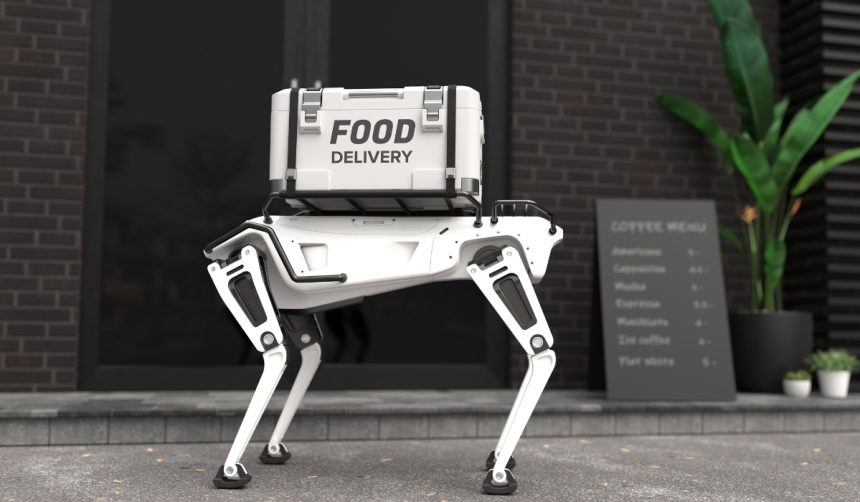Autonomous technologies are steadily reshaping the agricultural sector as farms confront rising costs and evolving environmental expectations. TRIC Robotics, based in San Luis Obispo, has captured attention by securing $5.5 million to bolster its Luna robot, aimed at supporting sustainable strawberry farming. Designed to mitigate dependency on labor and chemical inputs, Luna integrates ultraviolet light and a bug vacuum to control pests and diseases. As eco-friendly methods attract broader interest in the fresh produce industry, TRIC Robotics positions its robotics-as-a-service initiative to meet commercial demand for safer, chemical-free crops.
While robotics in agriculture has seen development from several startups, prior efforts concentrated largely on mechanizing harvest, soil monitoring, or optimizing irrigation. Most solutions highlighted automation to boost either speed or yield but offered less direct alternatives to conventional pesticide application. Luna’s use of ultraviolet light and integrated vacuum technology represents a departure from chemical-based protocols, focusing on field-wide crop health and pathogen control. Recent pilot studies document reduced pesticide application compared to earlier robotic interventions, adding a distinct aspect to TRIC’s commercial promise.
How Does Luna Offer Chemical-Free Solutions?
Luna, a tractor-scale autonomous robot developed by TRIC Robotics, deploys ultraviolet light for pest and disease mitigation on specialty crops, starting with strawberries. This approach removes the need for traditional chemicals, while a built-in vacuum system extracts insects from crop beds without pesticides. “Automation is the key to unlocking greater efficiency on the farm — allowing farmers to grow more with less, without damaging the planet,” said Adam Stager, founder and CEO of TRIC Robotics.
What Does Robotics-as-a-Service Deliver to Farmers?
TRIC Robotics delivers Luna as part of a full-service offering, coupling the machines with a data dashboard that provides real-time field analytics. Vision systems capture crop conditions while analytics track the system’s impact, with pilot deployments reporting up to 70% decreases in pesticide use. Recurring revenue comes from offering the service model to commercial growers, helping them meet both consumer and regulatory calls for reduced chemical residues in produce.
Who Is Supporting TRIC Robotics’ Expansion?
The recent seed funding round was led by Version One Ventures, with contributions from Garage Capital, Valor Equity Partners, and several other investors, including the founders of Clearpath Robotics and New Leader Manufacturing. The new capital will allow TRIC to expand into additional California markets such as Oxnard and Watsonville, double the number of Lunar units in operation, and accelerate the development of new automation features. Over the past year, TRIC has deployed nine Luna robots commercially and has three more in production, operating across hundreds of acres.
TRIC’s Luna project exemplifies a trend in agriculture toward automation that replaces rather than supplements chemical practices. By targeting specialties like strawberries—crops notorious for high input costs and pest pressures—TRIC responds to both labor market volatility and environmental advocacy groups pushing for fewer pesticides. Stakeholders, from farmers to investors, watch how the company’s robotics-as-a-service model performs across larger, more diverse fields, as ongoing regional expansion will require adapting Luna’s technology to a broader array of crop types and farm sizes. For producers interested in moving away from chemical treatments, Luna presents a scalable and traceable practice for crop management. Direct competition may follow, as other tech companies refine related automation for pest and disease control outside of harvest and soil maintenance.
- TRIC Robotics raises $5.5 million to expand Luna robot deployment.
- Luna reduces chemical use with ultraviolet light and vacuum pest removal.
- Investors back TRIC’s robotics-as-a-service for specialty crop farms.










